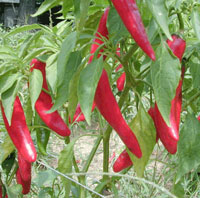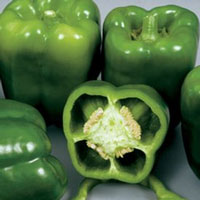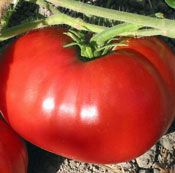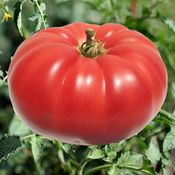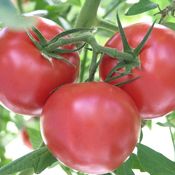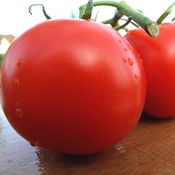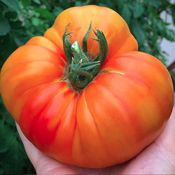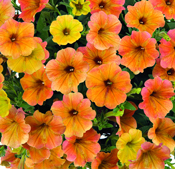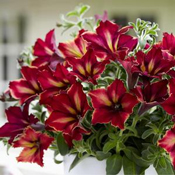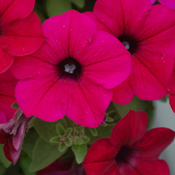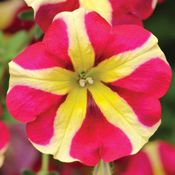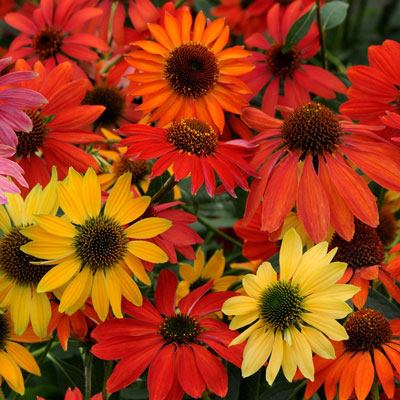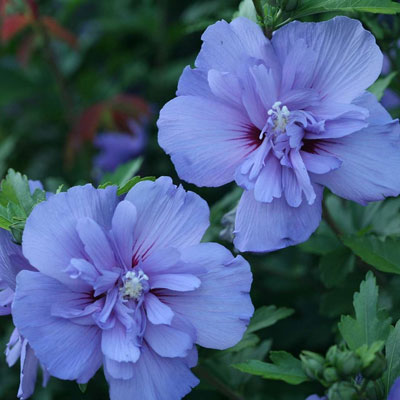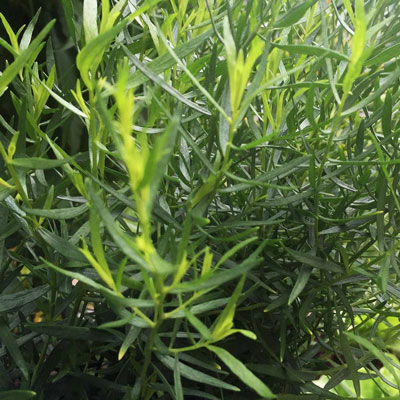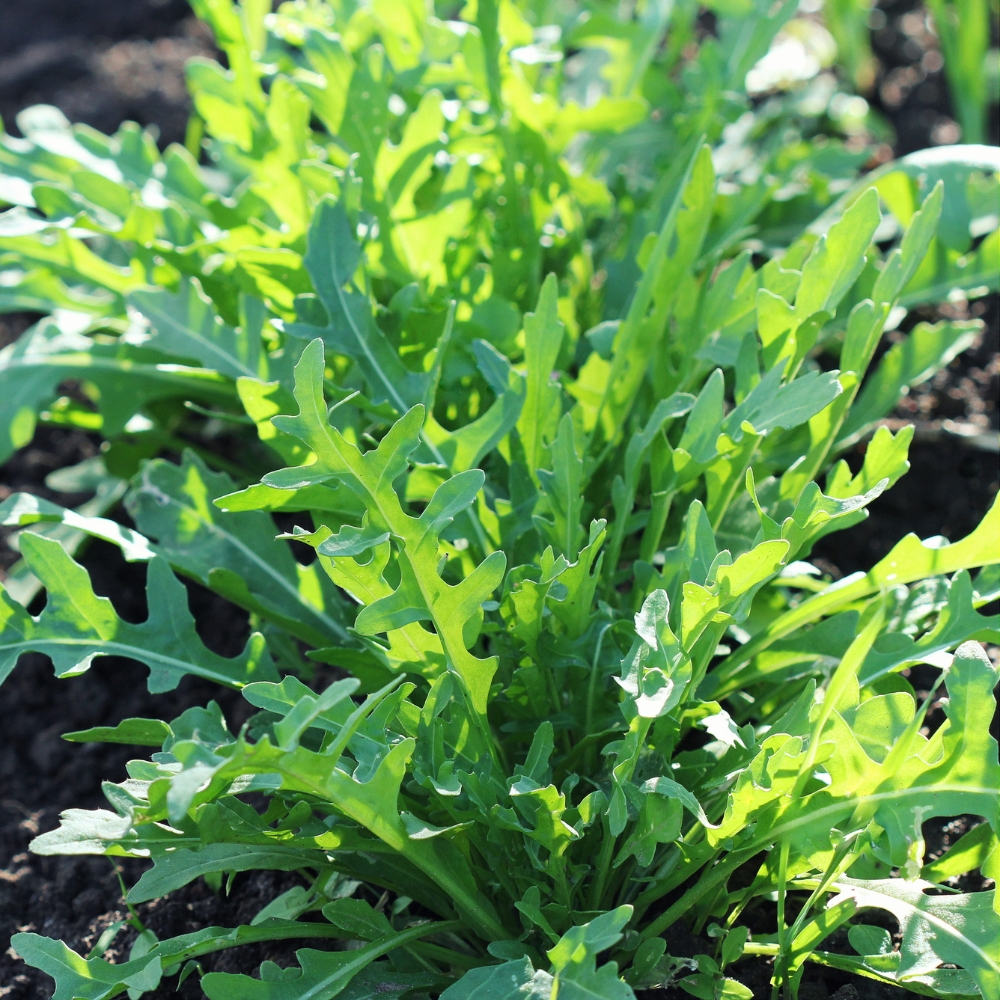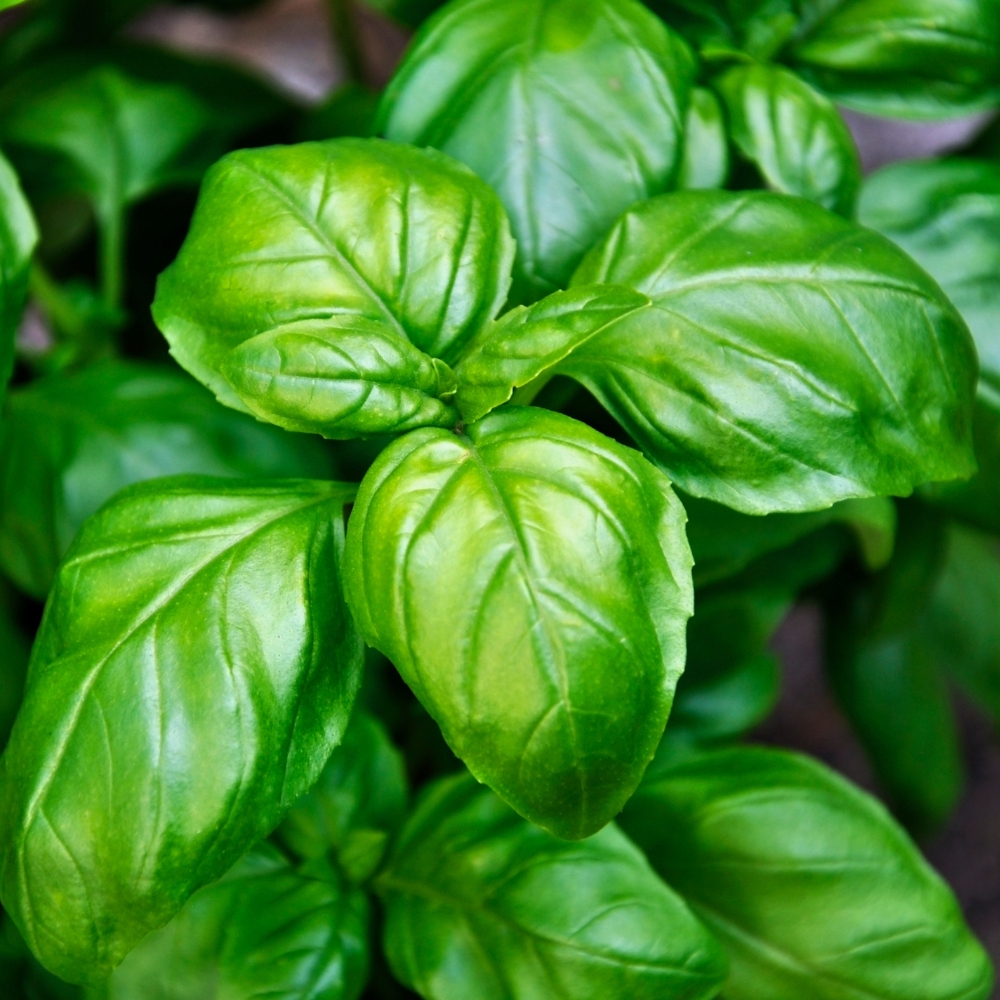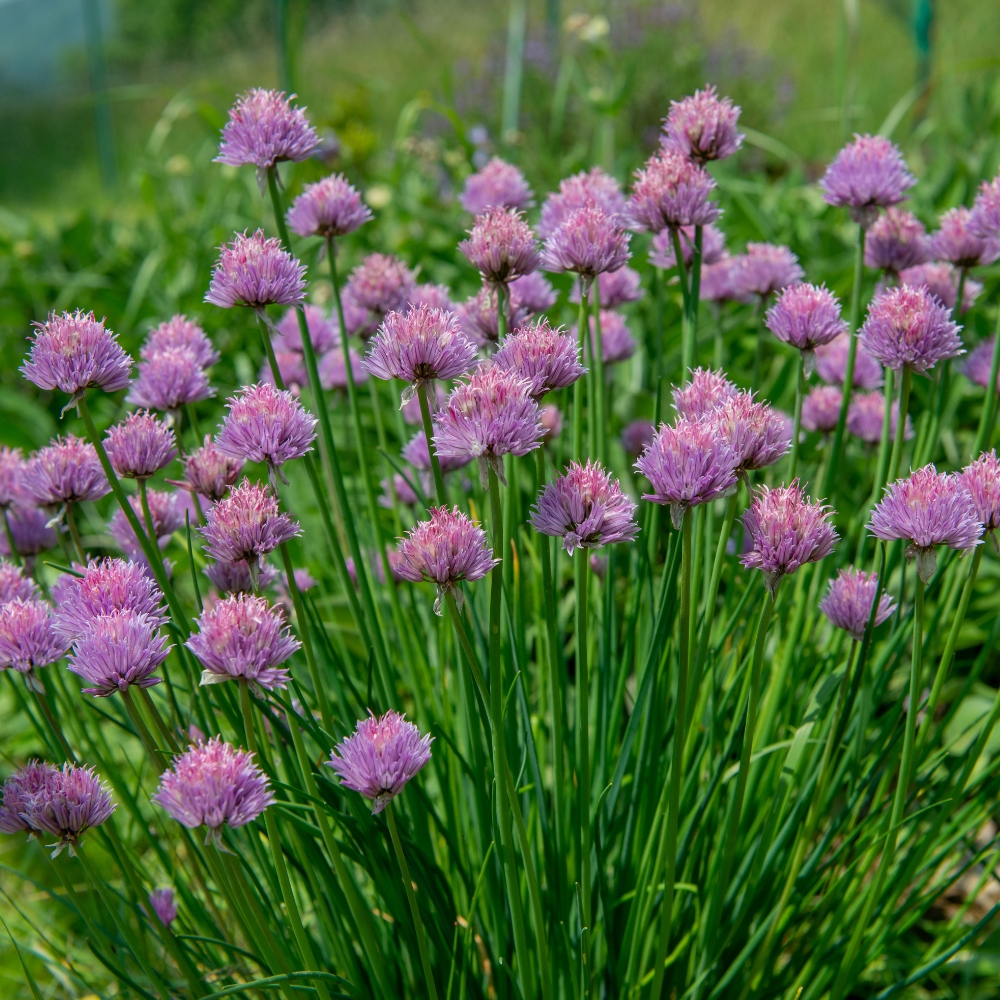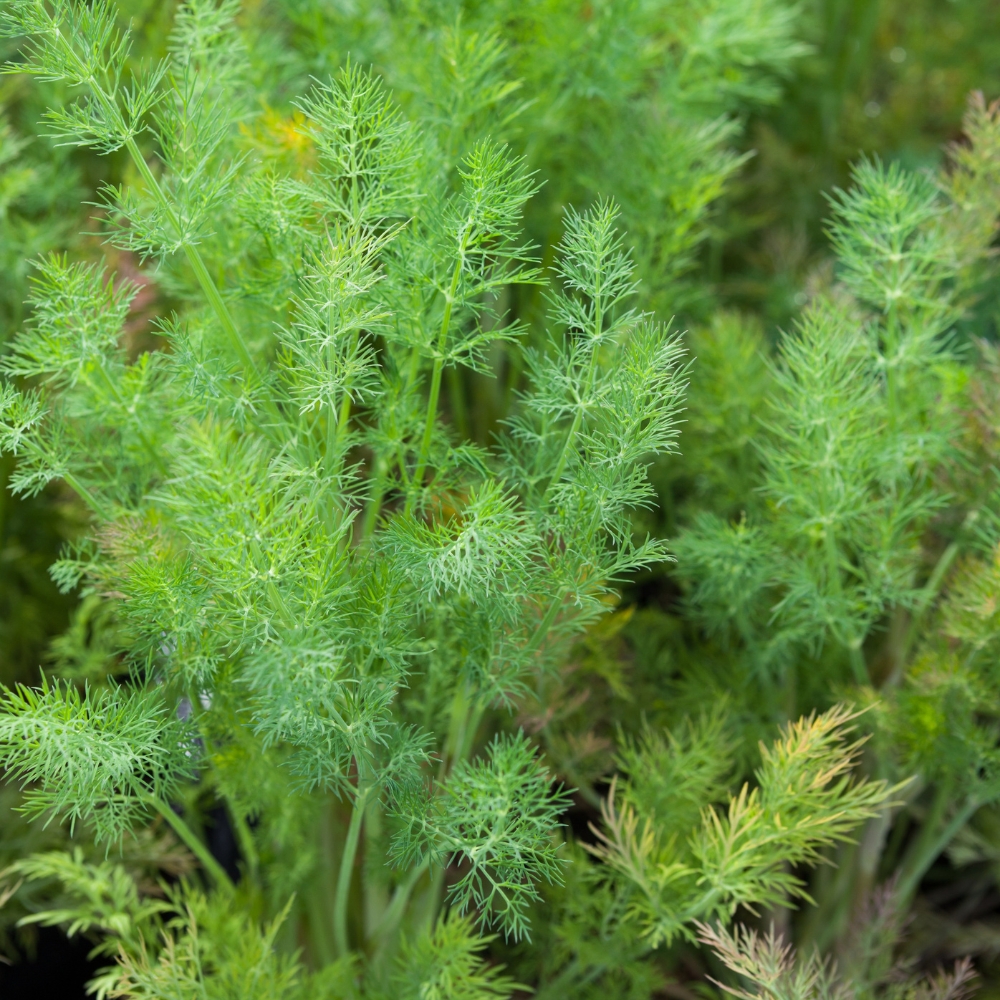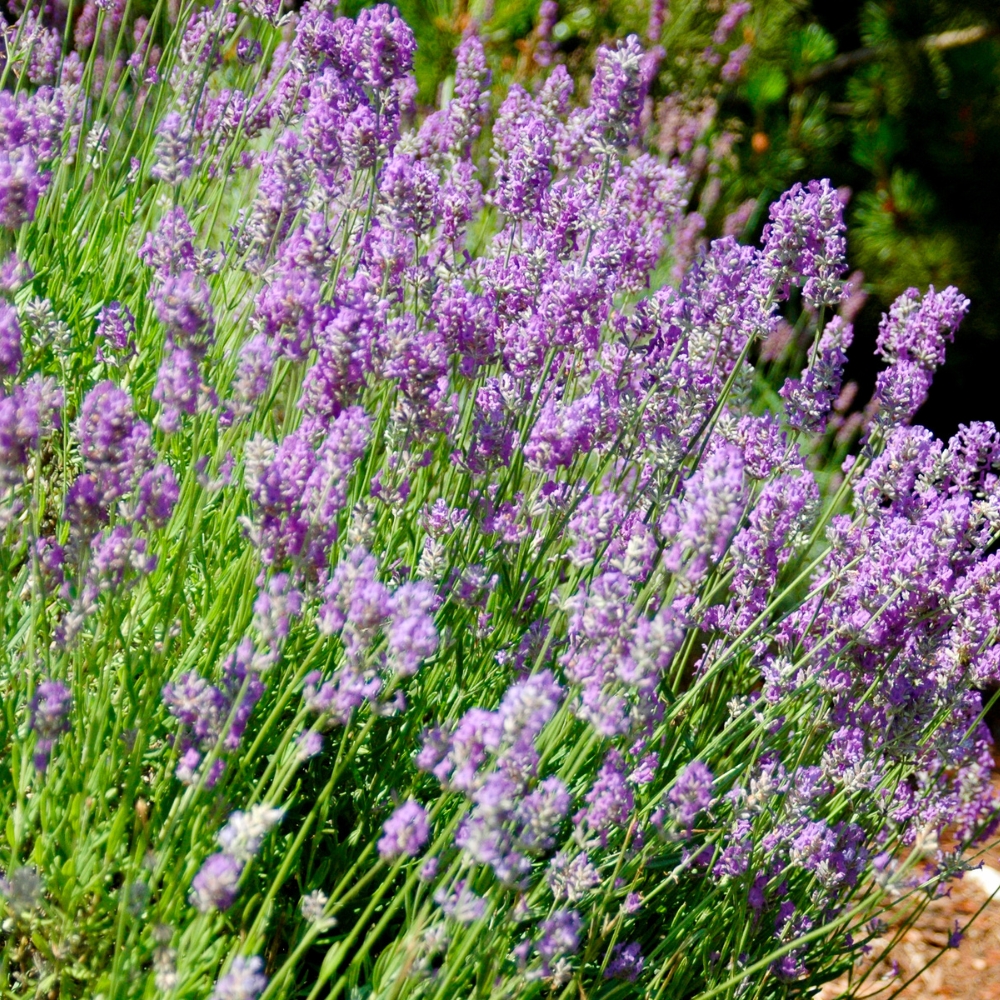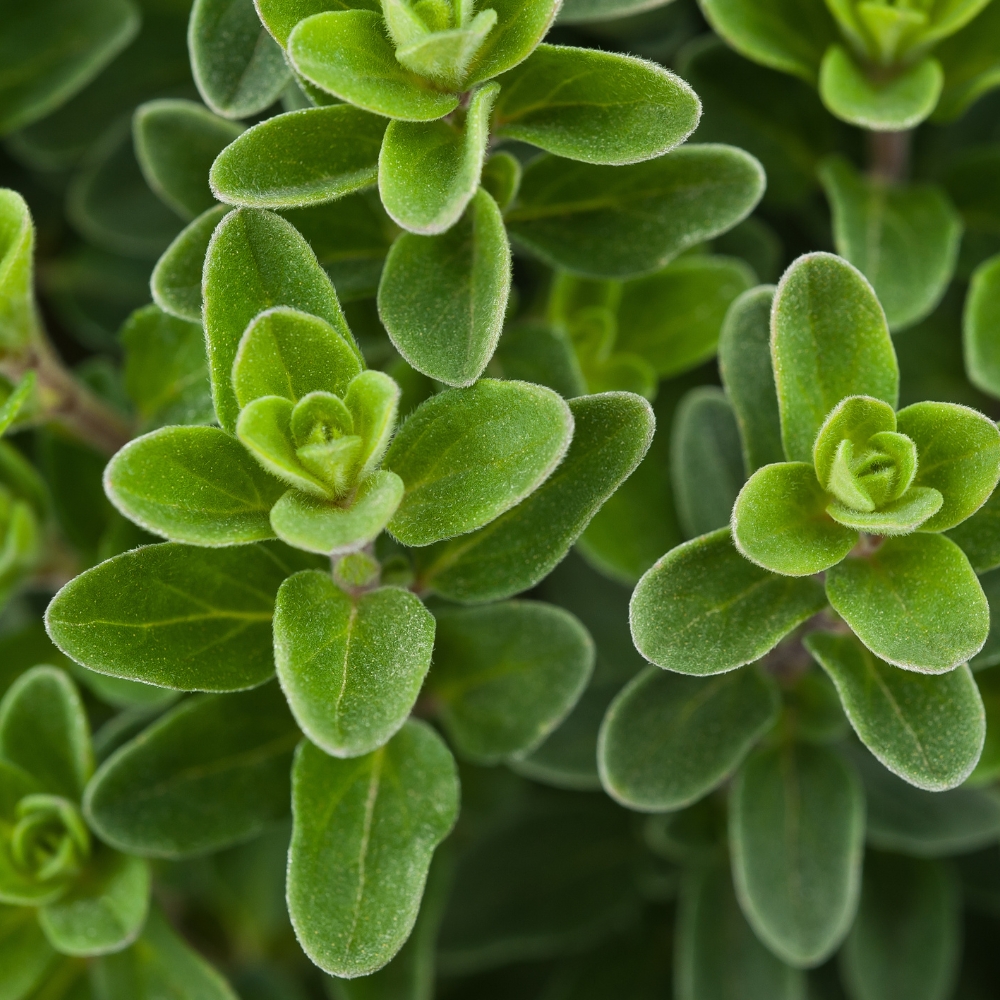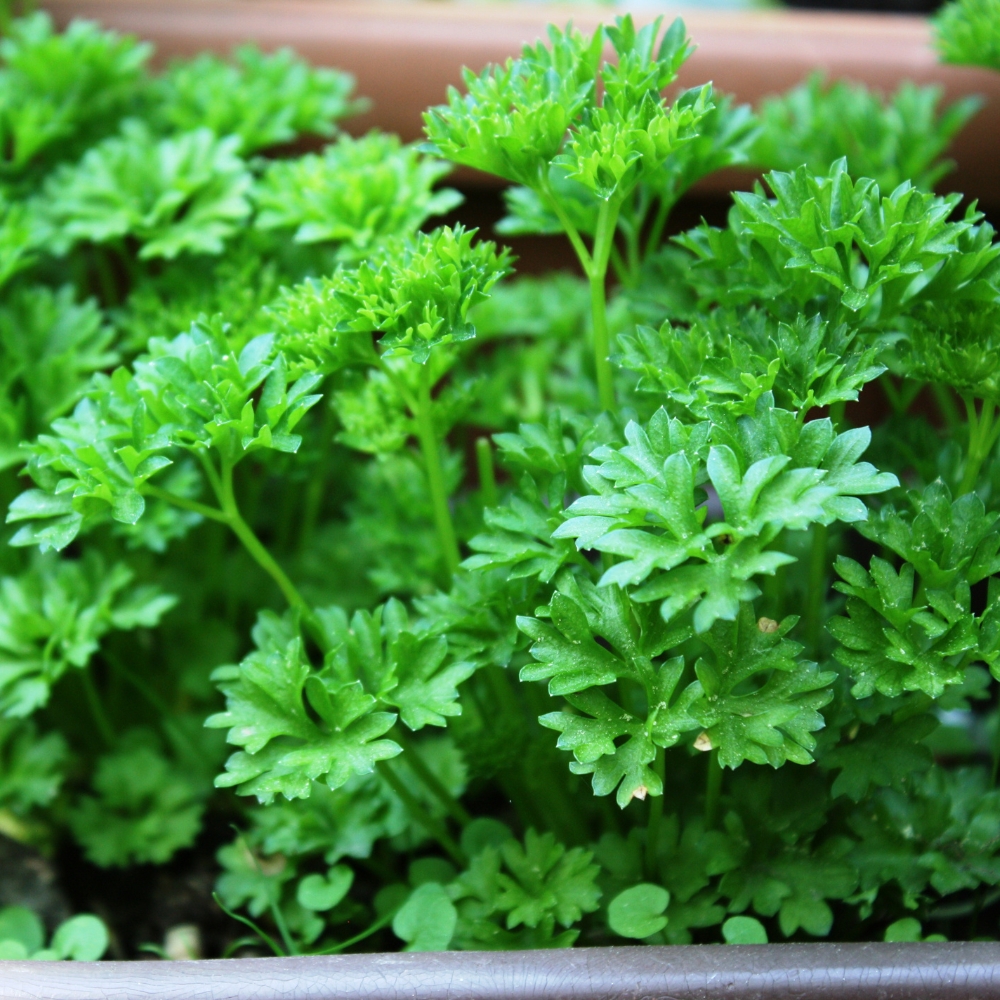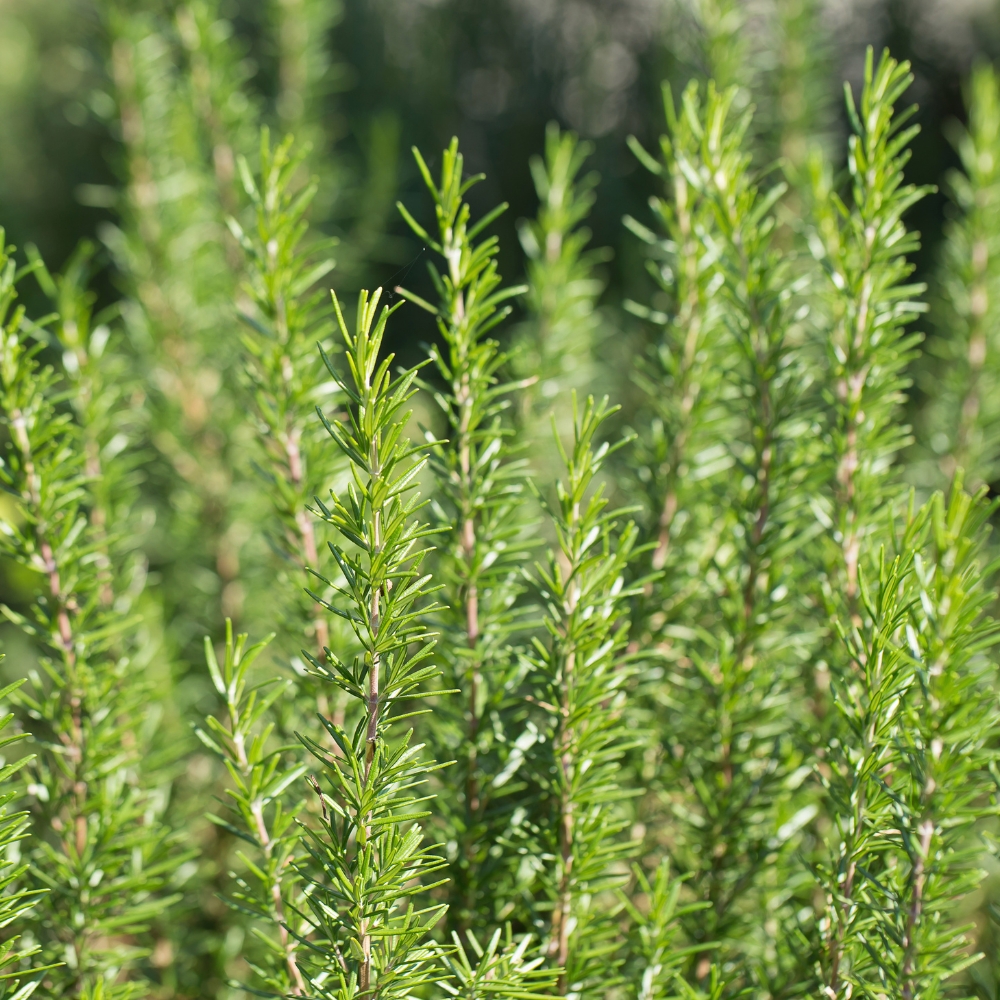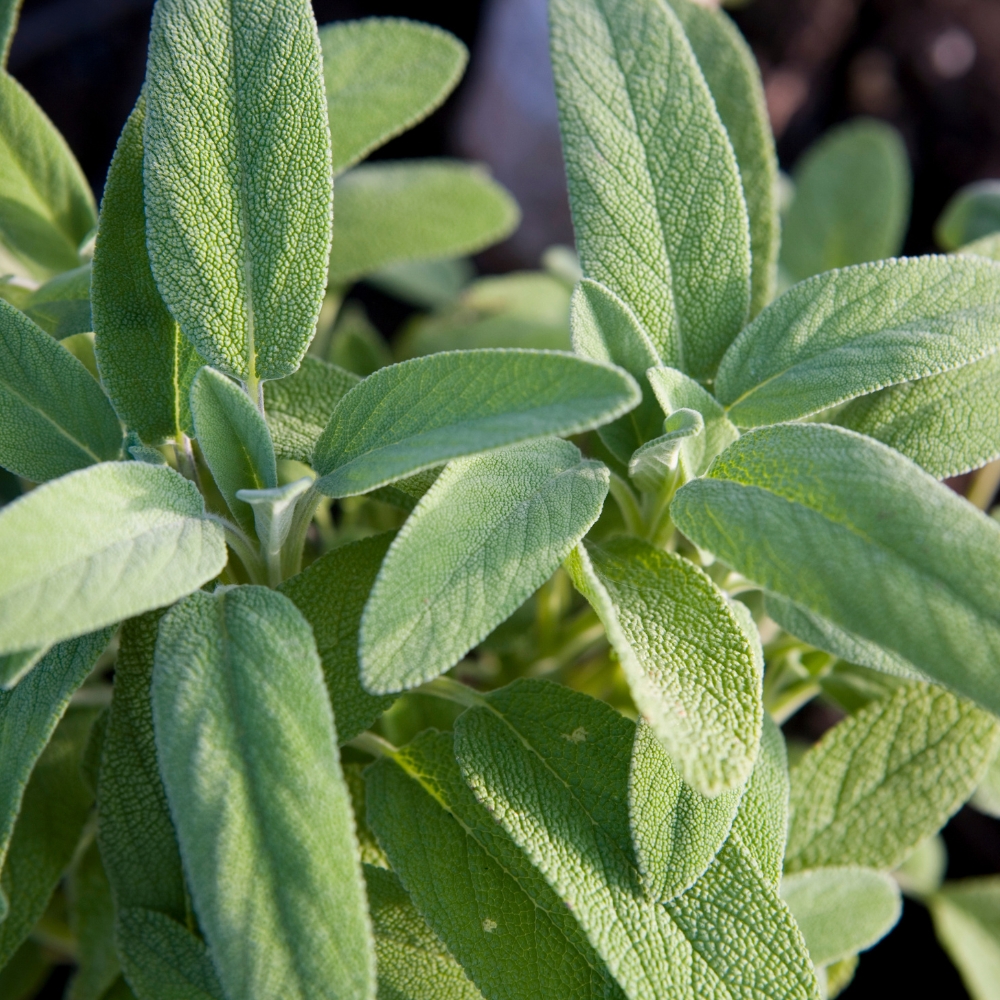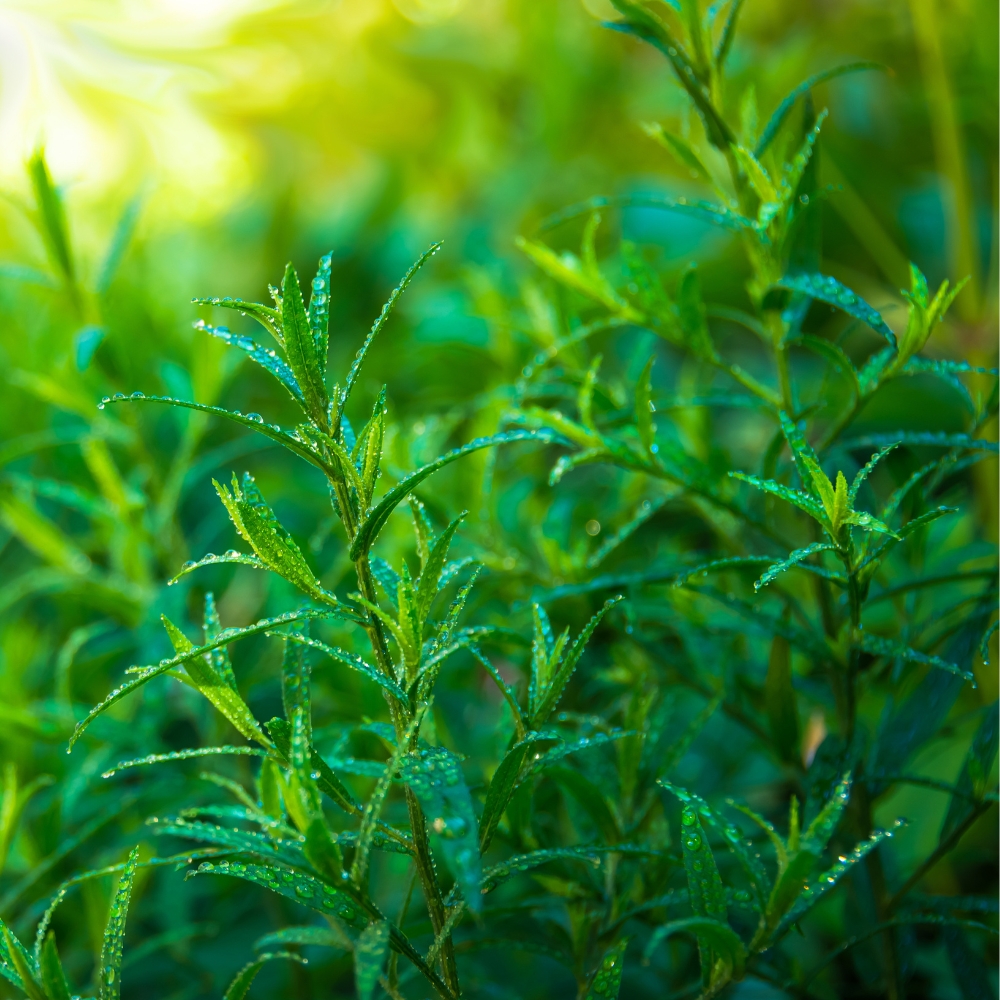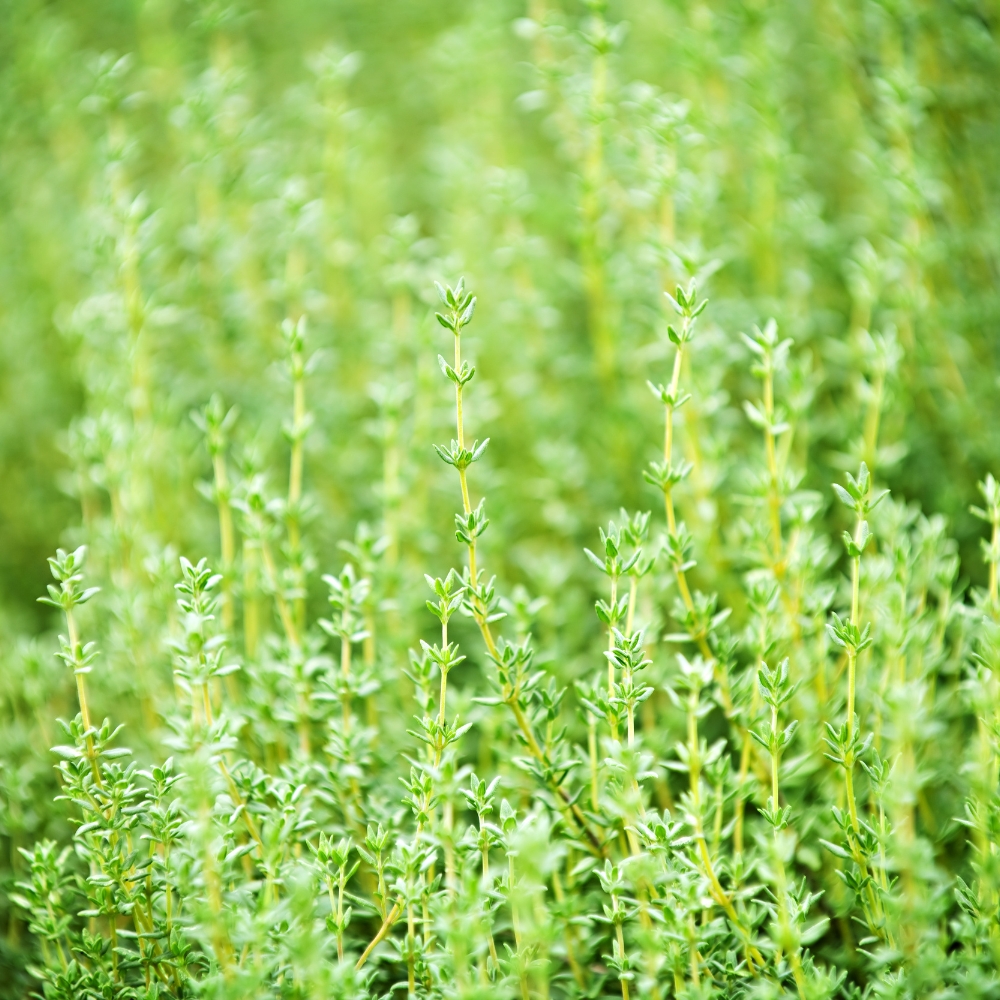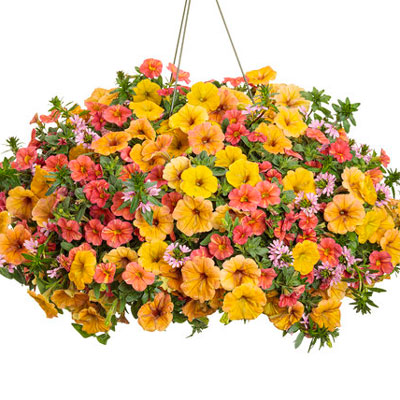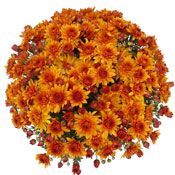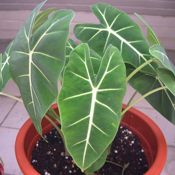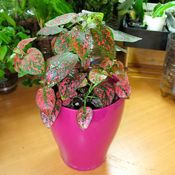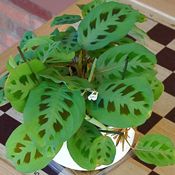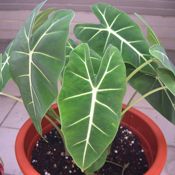
Dreaming of picking your own fresh veggies but not sure where to start? You’re in the right place! With a few starter plants, some sunshine, and these simple tips, you’ll be harvesting your first homegrown meal in no time — no seed-starting stress required.
Start Simple: Choose Easy-to-Grow Transplants
When you're just starting out, choosing beginner-friendly plants makes all the difference. Look for vegetables that are low-maintenance and quick to reward you, like:
- Lettuce: Cool-season superstar that's fast-growing and perfect for early spring and fall gardens.
- Beans: Pole or bush beans transplant easily and take off with just sunshine and water.
- Peppers: Warm-season favorites that thrive once the nights stay above 55°F, producing colorful fruits for months.
Step-by-Step: How to Plant and Care for Your Vegetable Transplants
- Pick Your Spot: Choose a sunny location that gets at least 6 hours of direct sunlight daily. Raised beds, garden plots, or large containers all work great.
- Prepare the Soil: Loosen the soil and mix in compost or a slow-release vegetable fertilizer to give young plants a strong start.
- Plant Properly: Dig a hole slightly larger than the transplant’s root ball. Gently remove the plant from its container, place it in the hole, and backfill with soil, pressing lightly to eliminate air pockets.
- Water Well: Give your transplants a deep drink right after planting. Keep the soil evenly moist as they settle in, watering at the base of the plant, not over the leaves.
- Feed and Support: Apply a balanced vegetable fertilizer about three weeks after planting. For beans, consider providing a trellis or stakes for climbing varieties.
Tips for First-Time Success
- Start Small: A handful of transplants in a few pots or a small garden bed is the perfect way to learn and enjoy success without feeling overwhelmed.
- Plant at the Right Time: Lettuce and beans prefer cooler temperatures to start; peppers need consistent warmth.
- Mulch Matters: Add a layer of mulch around your plants to lock in moisture, suppress weeds, and protect tender roots.
- Check In Weekly: Look for signs of pests or diseases early. A quick once-a-week check will help you catch and fix small problems before they get big.
With these beginner-friendly transplants and a little TLC, you’ll be savoring your first harvest faster than you ever imagined. Nothing beats that first crisp bite of homegrown lettuce or that sweet snap of a garden bean. Happy planting!
















































































